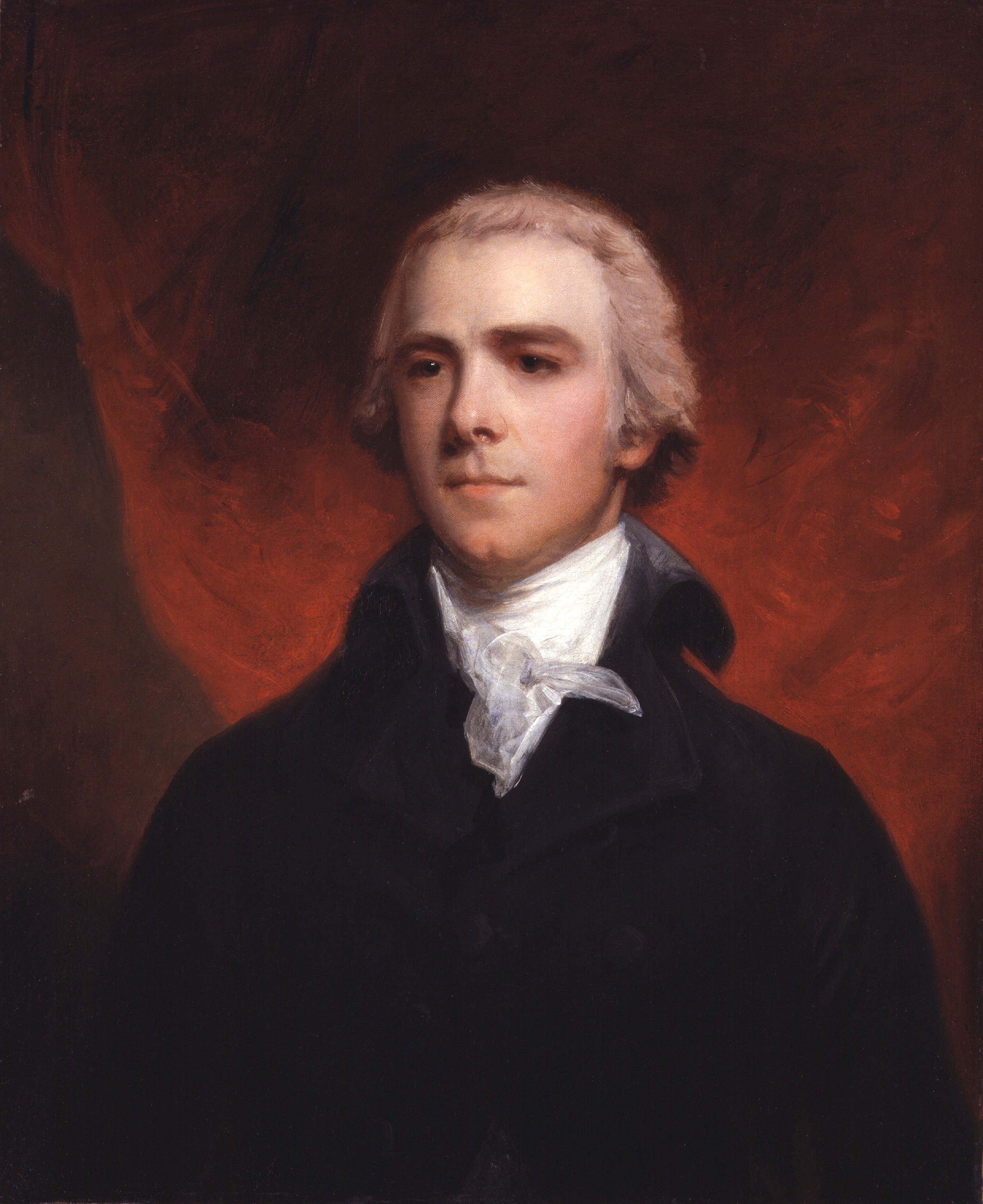Gentlemen’s Club
페이지 정보

본문

Gentlemen’s Club
Why is it called Boys and Girls club?
The time period "Boys and Girls Club" typically refers to youth organizations that present recreational, academic, and social opportunities for youngsters and youngsters. However, when discussing the term in relation to a Gentlemen's Club, it might possibly evoke a different understanding.
Reasons for the Terminology
- Tradition: The phrase "Boys and Girls" emphasizes inclusivity and camaraderie, mirroring the social surroundings usually found in Gentlemen's Clubs.
- Socialization: Just as Boys and Girls Clubs encourage social abilities and bonding amongst youth, Gentlemen's Clubs give consideration to networking and social interaction among adults.
- Stereotypes: The name displays traditional gender roles, the place "boys" and "ladies" represent the distinct social experiences often portrayed in such institutions.
In essence, OP whereas the names might recommend a playful connection, they essentially tackle completely different aspects of socialization and group constructing across age groups.
What is a modern-day gentleman?
A modern-day gentleman embodies a mix of conventional values and up to date ideals. He is characterized by a powerful sense of integrity, respect for others, and an understanding of the importance of manners in social interactions.
Style and Presentation
Style performs a significant role within the fashionable gentleman's persona. He pays consideration to his personal grooming and clothes decisions, opting for well-fitted attire that reflects his persona while remaining appropriate for the event. A tailor-made go properly with for formal events or good casual apparel for social gatherings showcases his dedication to trying polished.
Cultural Awareness
A true gentleman is culturally aware and appreciates various perspectives. He engages in significant conversations, listens actively, and shows empathy in path of the experiences of others. This attribute enhances his presence in social environments, similar to Gentlemen’s Clubs, which often function venues for networking and intellectual discussions.
Social Etiquette
In the context of a Gentlemen’s Club, the modern day gentleman adheres to a set of social etiquettes. He understands the nuances of etiquette, corresponding to proper dining manners, polite conversation, and the importance of discretion in private and skilled matters. This creates an atmosphere of respect and camaraderie amongst club members.
Personal Growth and Responsibility
The fashionable gentleman values personal development and continuous learning. He seeks opportunities to expand his data, whether or not via literature, travel, or new experiences. Additionally, he takes responsibility for his actions, whether or not in his personal life, career, or social engagements. This accountability is a trademark of his character.
Community Engagement
Lastly, a modern gentleman typically engages together with his neighborhood, taking part in charitable occasions and initiatives. He understands the importance of giving back and strives to make a optimistic impact on the world round him, additional exemplifying the ethos of the modern gentleman.
When did Gentlemen's Club start?
The concept of Gentlemen's Clubs originated in the early 18th century in England. These unique institutions catered primarily to wealthy men, providing a space for socializing and networking.
The Early Development
The first known Gentlemen's Club, White's, was established in 1693. Others adopted in the subsequent decades, making a development that led to the expansion of comparable clubs throughout London and past.
Evolution Over Time
Throughout the 19th century, Gentlemen's Clubs grew to become more refined, typically associated with aristocracy and influential figures, solidifying their status in British tradition.
- 이전글One Surprisingly Efficient Way to What Is Chatgpt 25.01.07
- 다음글Three More Cool Instruments For Free Chatgpt 25.01.07
댓글목록
등록된 댓글이 없습니다.

